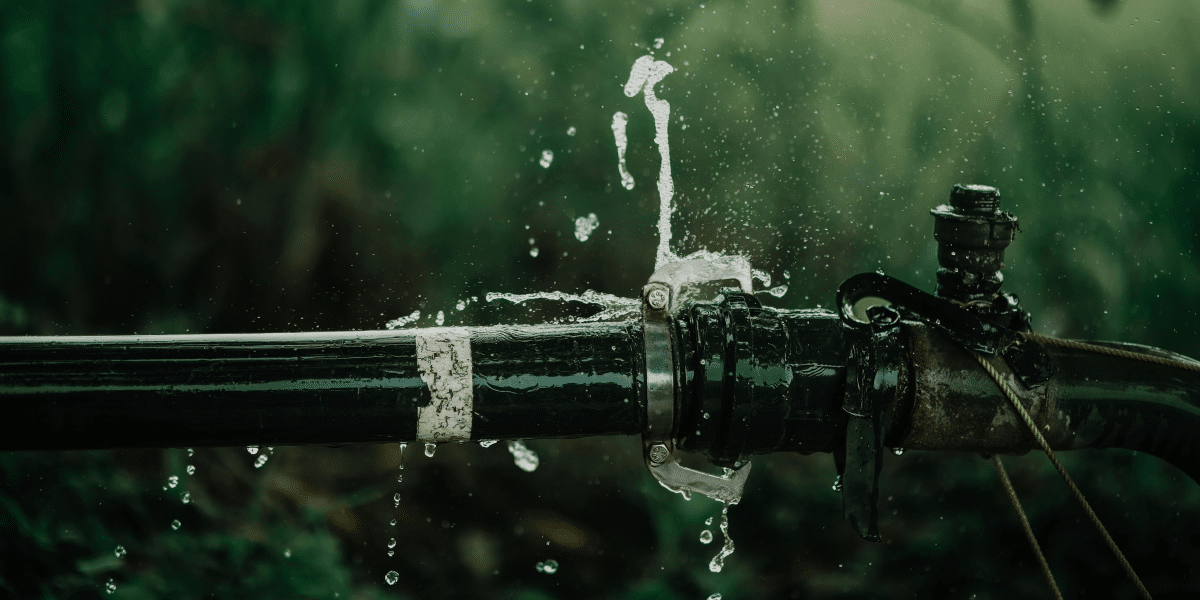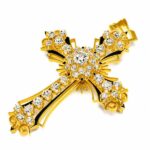Leakage tube play a crucial role in various industries, ranging from medical to industrial applications. They are designed to handle and control the escape of fluids or gases, ensuring safety and efficiency in numerous systems.
This guide aims to provide a comprehensive understanding of leakage tubes, their functions, types, and applications.
What Are Leakage Tubes?
Leakage tubes are specialized pipes used to manage the flow of fluids or gases. They help to contain leaks and prevent spills in various systems. Made from durable materials, these tubes are designed to withstand high pressure and temperatures.
In industries such as plumbing and oil, leakage tubes are essential for safety. They can also be used in complementary applications like Fiberglass Pipe Repair, where they help to seal and repair damaged pipes, further enhancing the integrity of the system.
Types of Leakage Tubes
Leakage tubes come in various types, each designed for specific needs. Some common types include PVC, metal, and fiberglass reinforced pipe. PVC tubes are lightweight and resist chemicals, making them ideal for plumbing and drainage.
Metal tubes, often made from stainless steel, provide strength and durability, suitable for high-pressure applications. Fiberglass reinforced pipe combines the strength of fiberglass with corrosion resistance, making it a good choice for both industrial and marine environments. Each type serves a unique purpose in preventing leaks and maintaining safety in diverse settings.
Applications of Leakage Tubes
Leakage tubes are used in many areas to help manage leaks and ensure safety. In the plumbing industry, they are critical for preventing water damage and controlling fluid flow. They are also commonly found in oil and gas industries, where they help contain spills and protect the environment.
Additionally, leakage tubes are effective in construction projects, ensuring that materials do not leak. In situations where pipes are damaged, fiberglass pipe can be used in conjunction with leakage tubes to repair and reinforce the integrity of the system. This combination provides a reliable solution for maintaining safety and efficiency across various applications.
Installation and Maintenance
Installing leakage tubes is usually simple. First, workers must choose a good spot for the tube. They should make sure the area is clean. Then, they can use tools to cut the pipe to the right size. After that, they attach it using fittings and clamps. It is important to check for any leaks after the installation.
Maintenance is also key to keeping leakage tubes working well. Workers should check the tubes regularly for signs of damage, like cracks or wear. If they see any issues, they should fix them right away. Cleaning the tubes helps too.
This keeps them free from debris and helps them last longer. By doing these simple steps, leakage tubes can stay effective and safe for a long time.
Benefits of Using Leakage Tubes
Leakage tubes have many benefits. They help prevent leaks. This keeps places safe from spills. When fluids do not escape, they protect the environment. Leakage tubes are strong. They can handle high pressures and temperatures.
This makes them useful in tough jobs. They are also easy to install and maintain. Regular checks help find problems early. Cleaning keeps them working well.
Learn All About Leakage Tube
Leakage tubes are vital for many industries. They help manage leaks and ensure safety in various systems. Understanding their types, applications, and proper maintenance is important for effective use.
By taking care of leakage tube, we can enhance their performance and reduce risks. This guide serves as a helpful resource for anyone looking to learn more about leakage tubes and their significance in everyday operations.
Visit our blog for more!
Published by: Martin De Juan

















